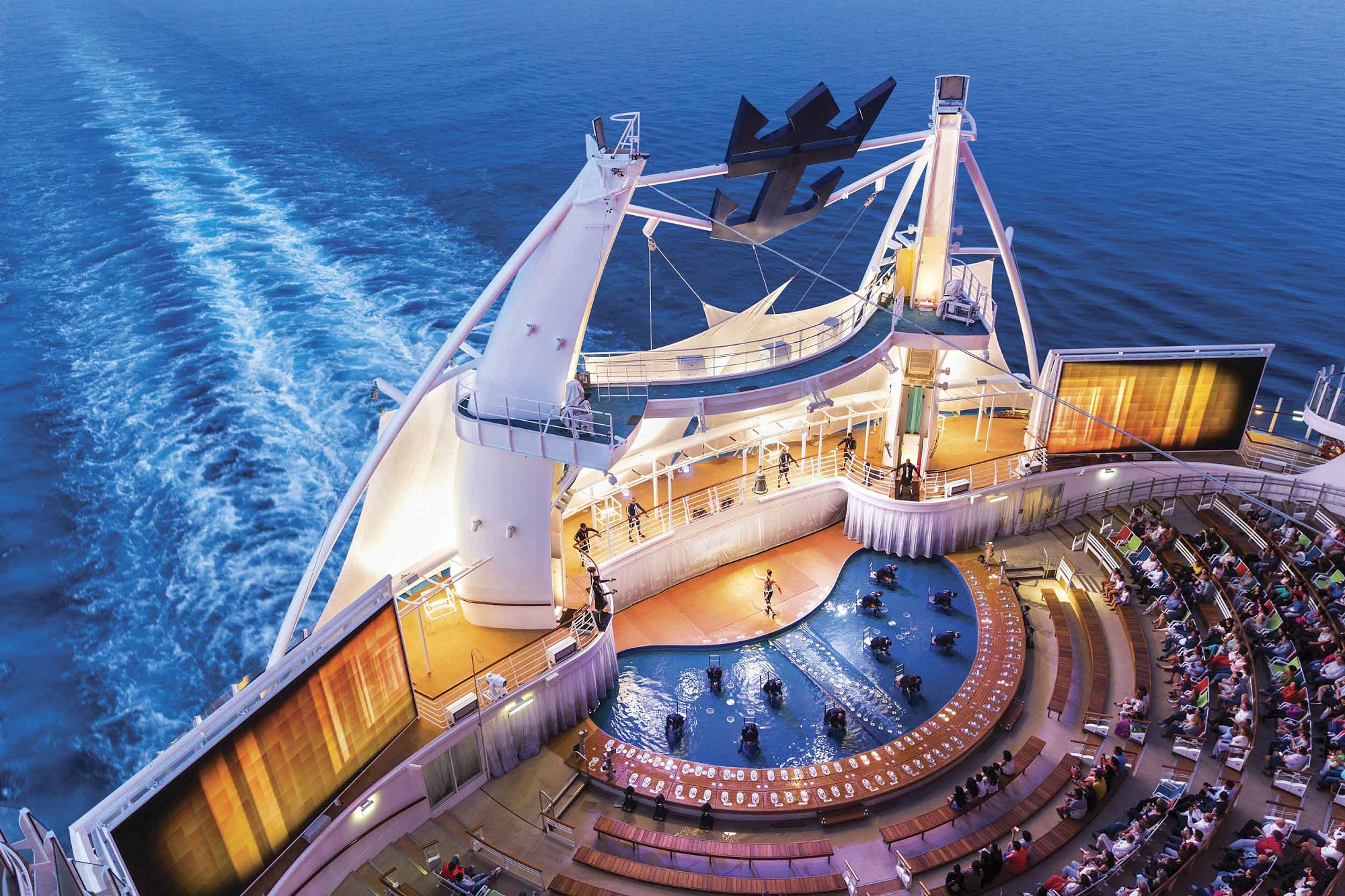
Catch the wave of the cruise industry in Southeast Asia
Global outlook
The history of the leisure cruising began more than 170 years ago, when Peninsular and Oriental Steam Navigation Company, the oldest cruise line in the world by now, introduced tours sailing from Southampton to Gibraltar, Malta, and Athens for the sole purpose of pleasure instead of purely shipping mails or cargos. From that milestone, cruising has now become an integral part of global tourism activities with the most traditional areas being the Caribbean, the Mediterranean, and waters of Alaska, and many of the largest rivers in the world.
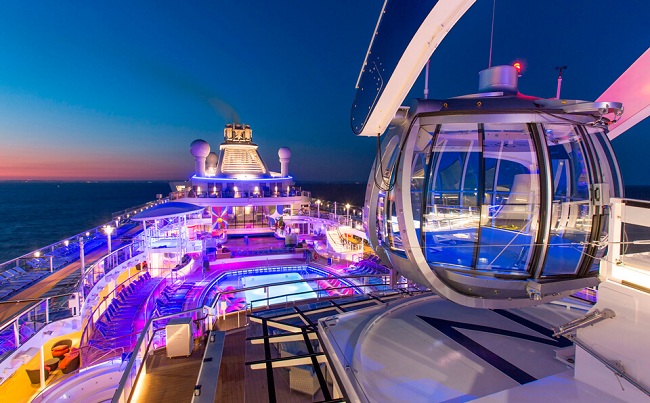
In response to such development, cruise liners have been designed and constructed much more like floating hotels, which now can carry thousands of passengers and include amazing on-board facilities such as casinos, cinemas, even rock climbing and ice skating for full enjoyment throughout long transatlantic voyages. Recently, this fertile market even engaged players with deep-rooted experience across the hospitality spectrum like Mövenpick Hotels & Resorts which owns a team of cruises along Nile River; and also pure hotel companies like The Ritz-Carlton Hotel Company which plans to launch The Ritz-Carlton Yacht Collection by 2019.
Vibrant context of Southeast Asia
Most countries in Southeast Asia are blessed with sandy beaches and awe-inspiring islands as home to spectacular marine life, rich cultures and gourmet cuisine. Therefore, this sub-region has greeted ship visits since the 1970s and now is emerging as a competitor to traditional cruise areas mentioned above. In addition to numerous islands and destinations accessible via cruise itineraries within short sailing distances similar to its counterparts, Southeast Asia also owns many large metropolises reachable by ship like Jakarta, Manila, Kuala Lumpur, Bangkok, Hanoi, Ho Chi Minh City, and Singapore. Therein, the majority of cruise itineraries within Southeast Asia tend to be less than five days in duration to satisfy the Asian travelers, who usually spend shorter time on vacations than North American or European peers, who enjoy voyages lasting from a few weeks to several months.
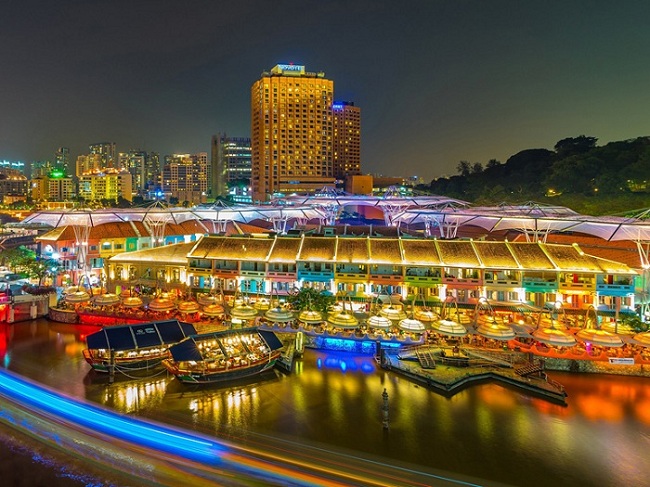
According to a research by UNWTO in 2016, the ports in Southeast Asia account for around 45% of all port calls in Asia, providing anchorages and moorings for many cruise liners which sail from Tokyo, Sydney and Freemantle (Australia), Singapore, and Hong Kong. Therein, Singapore is the primary home port with the most frequented cruise route in the ASEAN region on account of cruise facilities among the best in the world, while Thailand and Vietnam continue to be preferred regional ports of call since the 1990s. It is forecast that in the near future, Bangkok (Laem Chabang) in Thailand, Kota Kinabalu and Penang in Malaysia should serve as turnaround ports in Southeast Asia after they gradually improve airlift, port logistics and routes. At the same time, Bali which is a central transit point with four separate ports of call may be further added in the list of many cruise lines. During the next three to five years, growing demand of Chinese and Australian source markets will fuel cruise tourism development in Southeast Asia, with an increase number of new routes during the off-seasons of the Caribbean and the Mediterranean.
Vietnam: Chances or challenges?
Vietnam has immense potential to become a regional cruising hub instead of a port of calls. Besides impressive economic growth, political stability and especially, the 3,200km coastline stretching from the North to the South, this country boosts more UNESCO World Heritage Cultural Sites than any other Southeast Asian nations, paired with cosmopolitan cities, exotic landscapes, and the colonial history. In 2017, Vietnam welcomed about 13 million international tourists, out of which 258,836 ones arrived by sea. This number is anticipated to soar by 2020, following the tendency of cruise tourism shifting to East Asia.
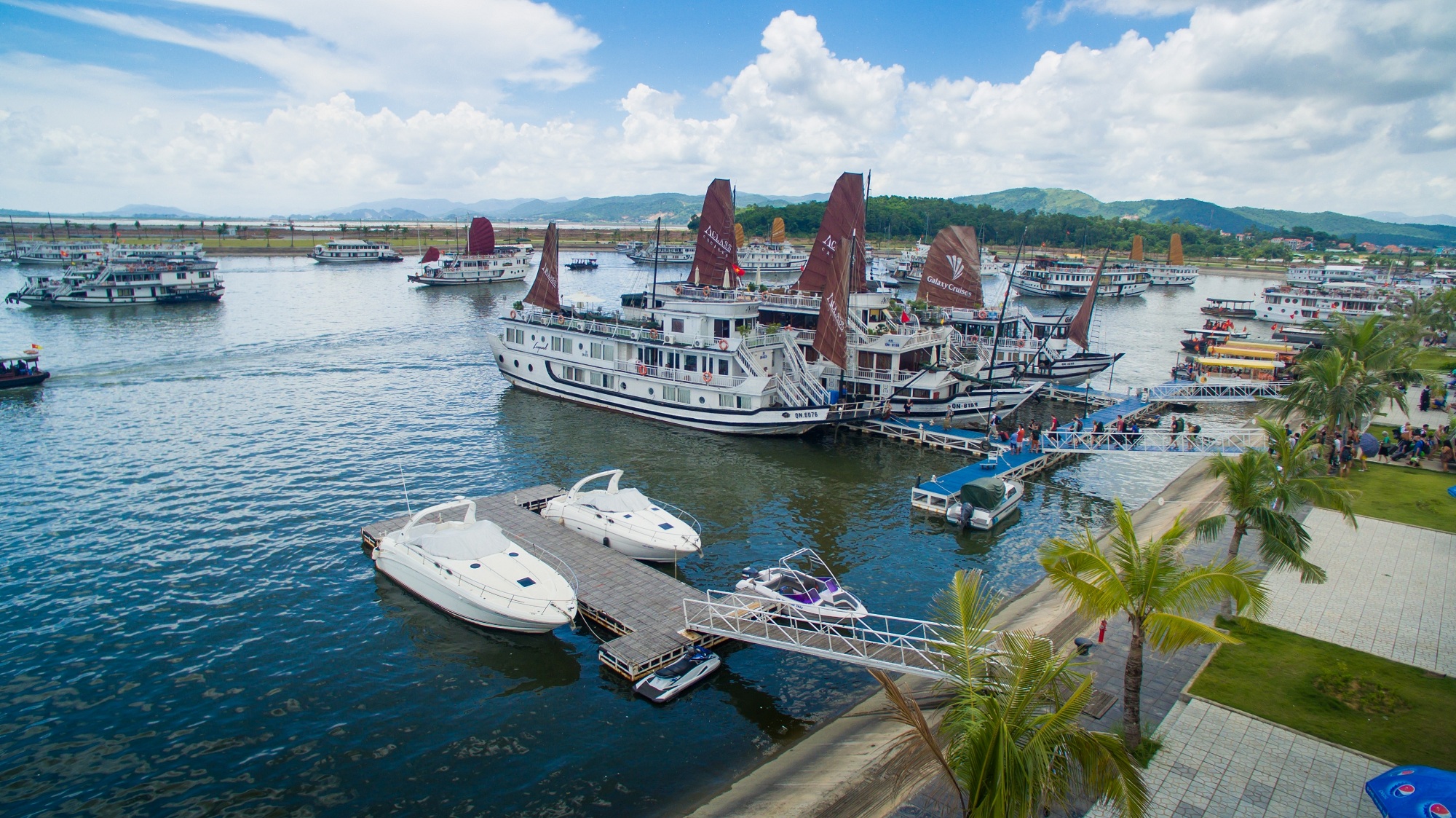
Located near Asia’s cruising hubs including Shanghai, Hong Kong, and Singapore, as well as close to emerging source markets of ASEAN and China, Vietnam capitalizes on welcoming intra-regional leisure ships to Southeast Asia berthing at its deep-water ports, namely Thi Vai - Cai Mep and Phu My (Ba Ria - Vung Tau Province), Chan May (Thua Thien - Hue Province), Tien Sa (Danang City), Ha Long (Quang Ninh Province), Cam Ranh (Khanh Hoa Province). This country is a popular destination for itineraries which last 3-7 nights sailing from Singapore, 3-6 nights from Hong Kong, and 8-12 nights from Shanghai, in addition routes connecting Japan - ASEAN lasting 20 days to a month. In those voyages which are mainly operated by the world’s largest cruise companies like Royal Caribbean International, Star Cruises, Costa Crociere S.p.A, etc., Vietnam brings cruise passengers unique experience when discovering the Mekong Delta from Ho Chi Minh City in the South; immersing in heritage sites of Hoi Ancient Town, My Son Sanctuary and Hue Citadel in the Center, which are all accessible from Danang City; or enjoying the scenic view of Ha Long Bay after a city tour around the capital of Hanoi in the North.
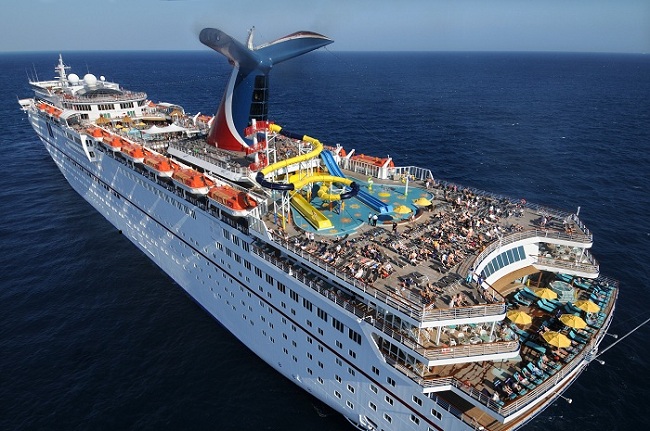
However, with dramatic tourism growth in recent years, destinations and sites in Vietnam have encountered overcrowding in the context of deficient and uneven distribution of infrastructure and supportive industries. For destinations themselves, they are facing growing pollution and waste management issues, while the increased infrastructure has not always been consistent with the historic architecture, like Hoi An Ancient Town. In case this situation of the tourist attractions at one port ensues, cruise lines can easily shift their itineraries to other shore excursions within a destination or other calls within Viet Nam, but the abandoned destinations may deal with environmental degradation and significant economic leakage throughout the value chain amid under-utilized and costly infrastructure. In relation, UNWTO gave notice in 2016 of oversupply and overlap of seaports and cruise facilities in Vietnam which may put the sustainable development of all relevant destinations at risk. In details, Chan May and Tien Sa ports near Danang City, which are just more than 50km apart but both planned for handling cruise ships with similar sizes (of up to 100,000 GRT). Whereas, most of seaports throughout Vietnam don’t have separate cruise and cargo terminals, require large ships to tender ashore, and stand in need of reception facilities.
Toward a bright future
While Vietnam is planning for the right approach to capitalize on the cruise industry, which should generate the revenue of 30% - 40% higher than travelling by air or road, the positive global context combined with strong development of the regional tourism industry continue predicting a bright outlook for its circumstance, but also present an undeniable challenge in terms of the policy, planning and development in a sustainable and responsible manner. Among its efforts to take advantages of available development potential, Vietnam plans to develop a seaport system by 2020, focusing on ports which can handle cruise ships of up to 100,000 GRT with a view to attracting more international and region cruise ships.
Content: Rubix Navigation
Photo: Internet
Design: Rubix Navigation
By Reno Mueller
August 08, 2018